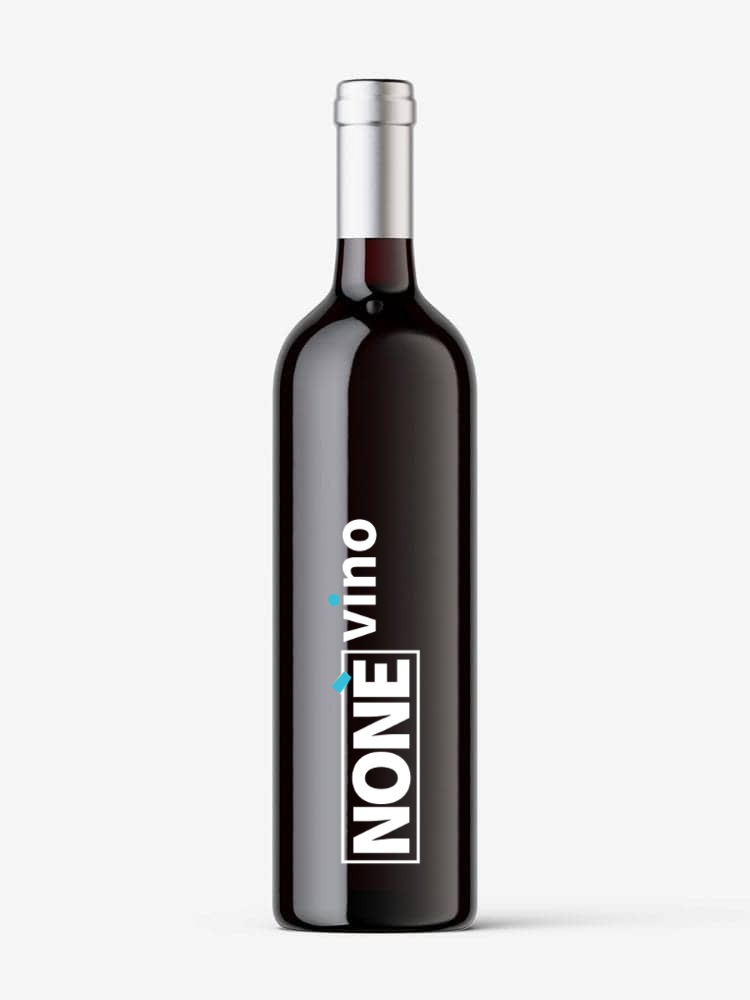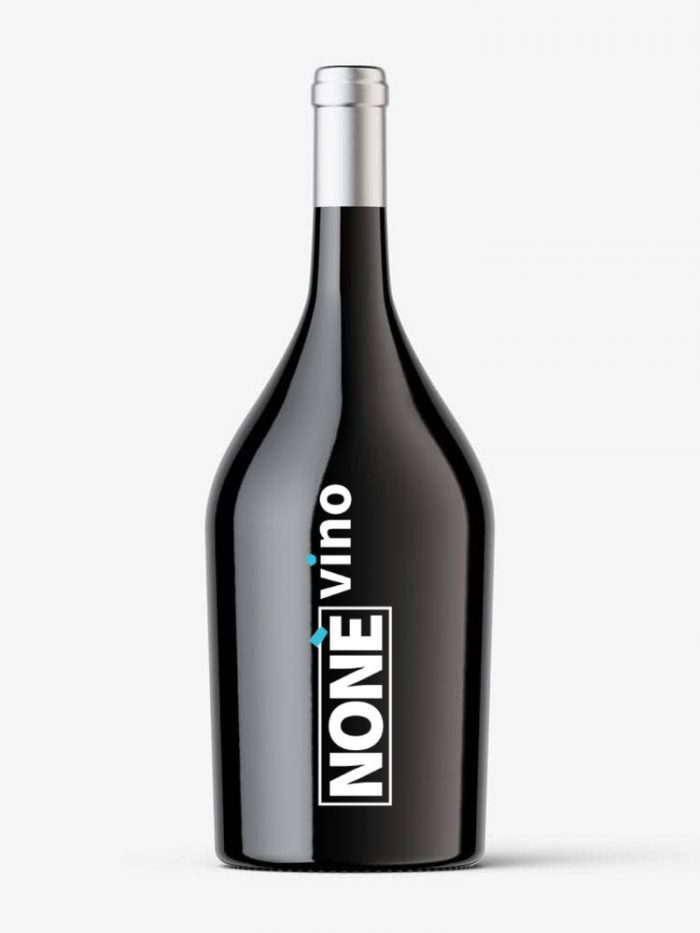The geographical area dedicated to the production of the Colli Berici DOC wine extends on the slopes of the Berici Mountains located near the Prealps, in an area that is adequately ventilated, bright and favorable to the fulfillment of all the vegetative-productive functions of the vineyards.
The Colli Berici DOC Wine Production Area is located in:
– province of Vicenza and includes the territory of the municipalities of Albettone, Alonte, Altavilla, Arcugnano, Barbarano Vicentino, Brendola, Castegnero, Grancona, Mossano, Nanto, Orgiano, San Germano dei Berici, Sovizzo, Villaga, Zovencedo and, in part, the territory of the municipalities of Asigliano Veneto, Campiglia dei Berici, Creazzo, Longare, Lonigo, Montebello Vicentino, Montecchio Maggiore, Montegalda, Montegaldella, Monteviale, Sarego, Sossano and Vicenza.
The Production Area of the Colli Berici DOC wine, Sottozona Barbarano, is located in:
– province of Vicenza and includes the territory of the municipalities of Longare, Castegnero, Villaga, Barbarano Vicenza, Mossano and Nanto.
During the vinification phases, only loyal and constant oenological practices of the area are allowed, suitable to give the wines their particular quality characteristics.
The oenological practices of vinification of the DOC Colli Berici wine include, among other things, that:
– The maximum yield of grapes into DOC Colli Berici wine must not exceed 70% and 50% for the types of Passito wine; if these parameters are exceeded within the limit of 5%, the excess will not be entitled to the DOC. Beyond these limits the right to DOC for the whole product lapses.
– The DOC Colli Berici Sparkling Wine (Classic Method) also in the Rosé (or Rosé) version, must remain on the fermentation yeasts for at least 15 months ; this period starts from the date of drawing. Both types of Sparkling Wine must be marketed in the following types: extrabrut, brut, extradry, dry and demisec.
– To obtain the DOC Colli Berici Spumante Classic Method ” Millesimato ” wine it is mandatory to use at least 85% of the wine of the reference year with a period of elaboration and aging of at least 30 months on the lees.
– Grapes destined for the production of Colli Berici Passito DOC wine must be subjected to natural drying until they reach an alcoholic strength of at least 14 °.
– Colli Berici DOC wines with the mention Riserva must be aged for at least 24 months.
– On the labels of each type of DOC Colli Berici wine it is mandatory to report the year of production of the grapes, with the exception of the types of Sparkling and Sparkling Wine.
The cultivation of the vine, which spread in Roman times, developed after the year 1000 after the barbarian invasions, thanks to the passion of feudal lords, bishops, municipal administrations who recommended varieties, cultivation techniques and production standards to producers. Chronicles tell that since the thirteenth century the whole northern part of the Berici Hills was entirely planted with vines, as well as the hills of Barbarano, property of the bishop of Vicenza, who established the harvest and processing times so that, precisely in the most suitable period , the peasants were not distracted from taking care of their vineyards.
Moreover, in the caves of the Berici Hills, local wines were aged: the dark environment, at a constant and low temperature, ensured their good conservation.
The advent of the Venetian Republic gave a strong impulse to viticulture, as the Palladian villas still testify today, vacation spots of the rich Venetian aristocrats, who paid great attention to the construction criteria of the cellars.
In the nineteenth century, researches commissioned by the Archduke of Austria for the wines of Lombardo Veneto, highlighted technical aspects and choice of vines also for the wines of the Berici Hills. Since the early nineteenth century, alongside the two native vines of Garganega and Tocai rosso, in the Berici Hills, international vines have been imported from both France, and in particular from the Bordeaux area, and planted in the Berici Hills. over time they have developed peculiar characteristics in relation to the terrain and climate.
The Cabernet franc Colli Berici was the first Cabernet DOC in Italy .
With the rebirth of production in the 1950s, there has been a gradual refinement of the qualities, cultivation methods, of the same production organization that led on 20 September 1973 to the recognition by the Italian Ministry of the Controlled Designation of Origin. “Berici Hills”.
In 1982 the Voluntary Consortium for the Protection of Colli Berici DOC Wines was established .
The fame of the wines and the Berici Hills in the area is due both to the skills of the wine producers of the Colli Berici appellation, and to the commitment and synergies between the various economic players in the area (wineries, wineries, wine bars, distilleries, oil mills, farm holidays , bed & breakfast, trattorias, restaurants) which work in synergy to enhance the quality and reputation of the wines of the Berici Hills, respecting the territory and the landscape. In fact, numerous wineries, wine-growing and commercial companies operate on the territory of the Berici Hills; most of the farms are associated in the two main processing and marketing cooperatives.
The ability of the producers to select the vines that best suit this hilly area and the arrangement of the vineyards, have allowed the protection of the territory from degradation and the enhancement of the landscape, favoring eno-gastronomic and rural tourism.
The recognition of the Wine Route of the Berici Hills in 2001 and the fame of its wines attract consumers, enthusiasts and journalists from all over Europe every year.
The Colli Berici DOC wine obtained the recognition of the Controlled Designation of Origin on 20 September 1973.







